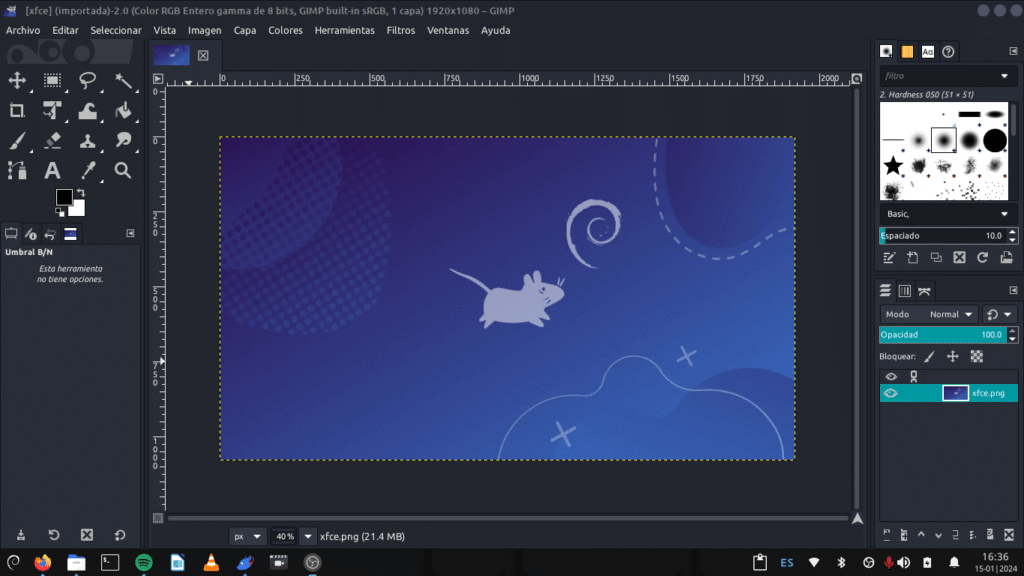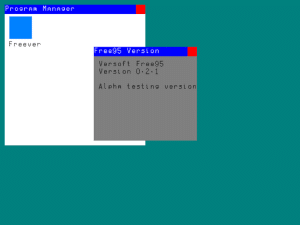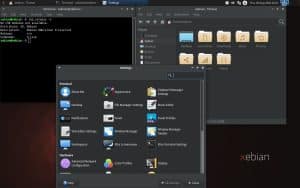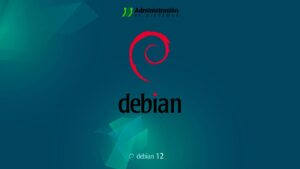GIMP, short for GNU Image Manipulation Program, stands as one of the most powerful and versatile image editors available for free. As an open-source software compatible with Linux, Windows, and macOS, GIMP has earned its place among designers, photographers, and digital artists. With its flexibility, an active community, and a wide range of features, GIMP offers a robust alternative to commercial editors like Adobe Photoshop. In this article, we dive deep into everything GIMP can do and why it’s worth considering for your creative projects.
1. Basic and Advanced Image Editing
GIMP is perfect for both simple tasks and complex projects, offering intuitive tools for beginners and advanced features for experts.
- Basic Editing:
- Cropping and resizing images.
- Adjusting brightness, contrast, and saturation.
- Red-eye removal in photos.
- Correcting perspective and alignment.
- Advanced Editing:
- Working with layers and masks.
- Professional photo retouching, including blemish removal and cloning.
- Restoring old or damaged photographs.
- Using transformation tools like scaling, rotating, and skewing.
2. Creating Custom Graphics
Beyond editing images, GIMP is an excellent tool for creating custom graphics, making it ideal for graphic designers.
- Drawing and Painting Tools:
- Customizable brushes with support for graphic tablets.
- Creation of basic and advanced vector shapes.
- Use of textures and gradients to enhance designs.
- Designing Logos and Banners:
- Layer-based editing for combining graphic elements.
- Adding text effects and shadows.
- Exporting in high resolution for print or web use.
3. Advanced Image Manipulation
GIMP includes a variety of advanced tools, making it a powerful ally for image manipulation.
- Precise Selections:
- Tools like the magic wand, color-based selection, or freehand selection.
- Layer masks for non-destructive editing.
- Filters and Effects:
- Artistic filters, blurs, and distortions.
- Tools like “Displacement Mapping” to create 3D effects.
- Simulating painting techniques like watercolor or oil.
- HDR Support:
- Combining multiple exposures to create high dynamic range (HDR) images.
4. Animation Creation and Editing
Although not its primary function, GIMP allows for basic animation work through its GAP (GIMP Animation Package) plugin.
- Frame-by-frame animation creation.
- Exporting animated GIFs.
- Simple video editing by manipulating frames.
5. Extensions and Plugins
GIMP’s versatility is amplified by its compatibility with extensions and plugins.
- Popular Plugins:
- Resynthesizer: For removing objects from images, similar to Photoshop’s “Content-Aware Fill.”
- G’MIC: A collection of advanced filters for artistic and post-processing effects.
- Script Support:
- Use Python or Scheme scripts to automate repetitive tasks.
6. File Format Compatibility
GIMP supports a wide range of file formats, making it a flexible tool for diverse projects.
- Importing and exporting files in formats like JPEG, PNG, GIF, and TIFF.
- Compatibility with Photoshop PSD files, including layers.
- Support for specialized formats like RAW, ideal for photographers.
7. Integration with Other Open-Source Tools
GIMP integrates seamlessly with other open-source tools for a complete workflow.
- Inkscape: For more complex vector graphics.
- Darktable: Perfect for editing and managing RAW photos.
- Krita: Great for digital illustrations and texture creation.
8. Benefits of Using GIMP
- Free and Open Source: No cost and fully customizable to suit your needs.
- Lightweight and Efficient: Consumes fewer resources than many commercial editors.
- Active Community: Access to tutorials, forums, and regular updates.
9. Limitations and Challenges
While GIMP is a powerful tool, it does have some limitations:
- Less Intuitive Interface: For those used to Photoshop, the learning curve can be steep.
- Partial CMYK Support: Though plugins can handle this, native support is limited.
- Lack of Specific Advanced Features: Some professional-grade features, like built-in asset libraries or native 3D project support, are missing.
Conclusion
GIMP is a free and versatile alternative for image editing and manipulation. While it may not entirely replace commercial tools in high-demand professional environments, it is more than sufficient for personal, educational, and many professional applications. Its flexibility, ongoing development, and compatibility with plugins make it an essential tool in the open-source world.
If you’re looking for a powerful image editing solution without the cost of subscription-based programs, GIMP is the answer. Dive into its endless possibilities and start creating today!












